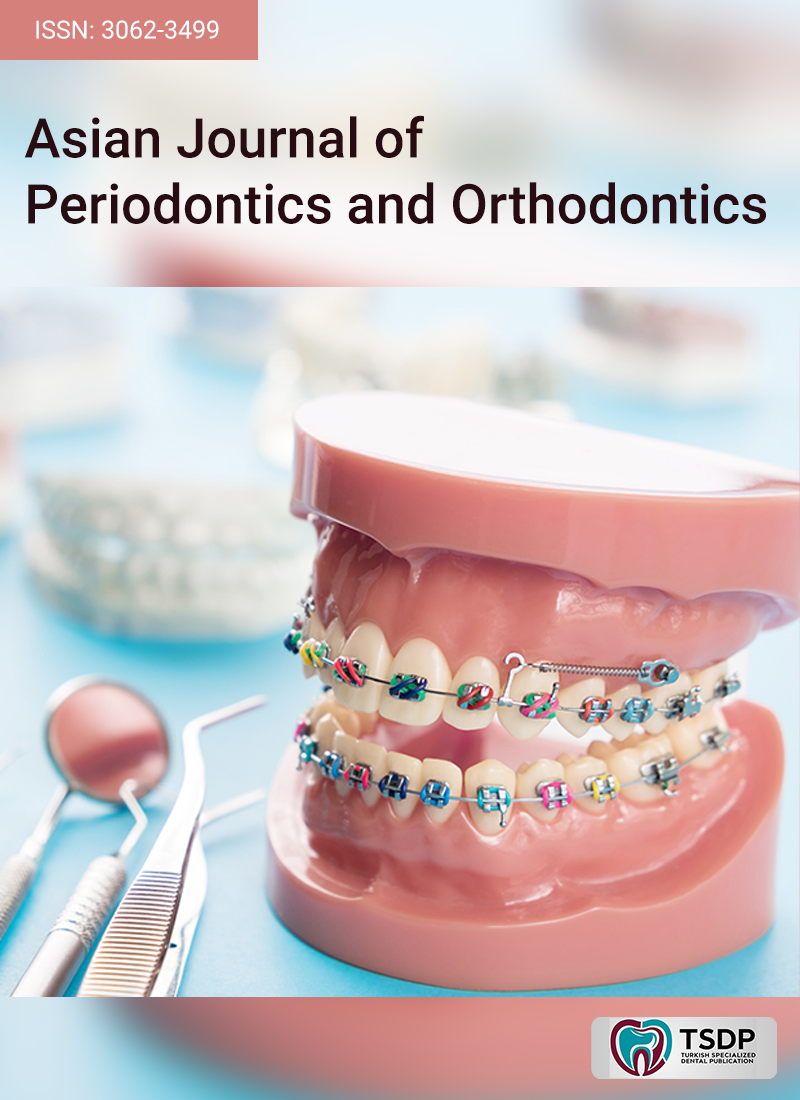
Dental malocclusions are prevalent worldwide and often require complex, costly orthodontic interventions, negatively affecting patients’ quality of life. In Romania, treatment accessibility is strongly influenced by patients’ financial resources and limited public funding. Mini-implants (MIs) can provide improved anchorage and more efficient treatment, but their adoption is inconsistent due to cost and variability in practitioner training. This study aimed to examine Romanian orthodontists’ usage patterns, preferences, and challenges regarding MIs. From June to September 2024, orthodontists across Romania were invited to complete a 24-item survey distributed through social media. The survey covered professional experience, MI system preference, insertion methods, and reported complications. Data analysis was conducted with IBM SPSS Statistics 25. Associations between categorical variables were tested using Fisher’s Exact Test and Pearson’s Chi-Square Test. Logistic binomial univariable regression was applied where relevant to predict outcomes such as placement sites, clinician experience, and complication occurrence. Statistical significance was set at α = 0.05. Among 105 respondents, 85.7% reported using MIs in their practice. The Dual Top (60%) and Benefit (43.3%) systems were most frequently utilized. Interradicular sites were the primary placement locations (60%), while palatal and retromolar areas were significantly linked to the Benefit system (p = 0.008). Clinicians with more than 10 years of experience reported higher MI usage (p = 0.001), with 60.9% using them frequently. Complications were common, with 92.2% reporting MI mobility and 57.8% noting soft tissue injuries. The midpalatal area showed a significantly higher rate of complications than other sites (p < 0.001). Success rates between 76% and 100% were reported by 57.8% of respondents, with infrazygomatic placements achieving higher success (p < 0.05). MIs are widely used among Romanian orthodontists, particularly by experienced practitioners. Although overall success is high, frequent complications emphasize the need for improved insertion techniques and postoperative care. Further research and structured training are recommended to enhance MI effectiveness and reduce adverse outcomes.